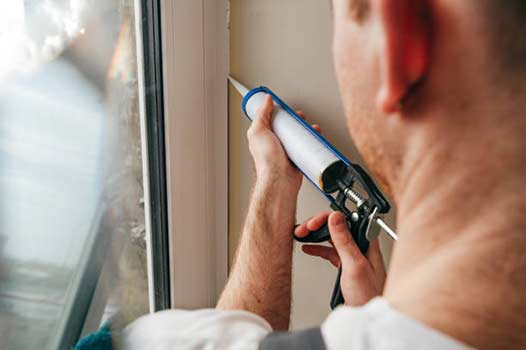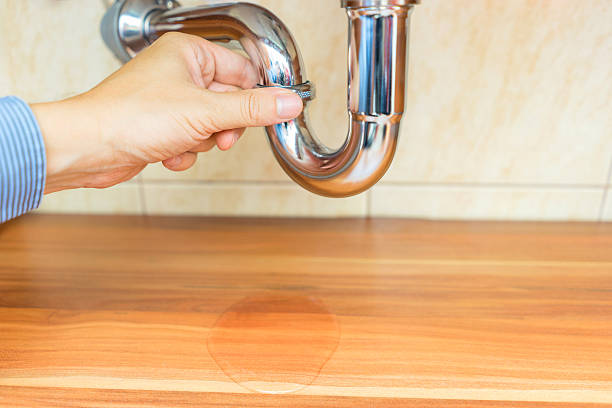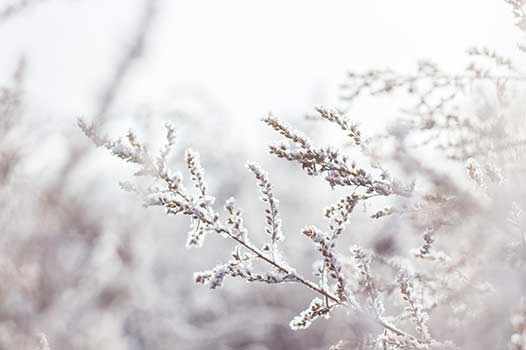As the winter season approaches, it brings along with it the beauty of snowfall and the joy of the holiday season. However, it also brings the risk of cold snap disasters, especially when it comes to your plumbing system. Freezing temperatures can lead to burst pipe emergencies, frozen fixtures, and costly water damage if not properly addressed.
Below we will explore the steps you can take as a homeowner to safeguard your plumbing during the winter season. We will discuss preventive measures, maintenance tips, and important actions to take in case of a cold snap disaster. By following these guidelines, you can minimize the risk of plumbing issues and ensure a stress-free winter.
Understanding Cold Snap Disasters
Before we dive into the preventive measures, let’s understand what cold snap disasters entail. A cold snap refers to a sudden drop in temperature over a relatively short period. When temperatures plummet, the water inside your plumbing system can freeze, causing pipes to burst and fixtures to become non-functional.
When water freezes, it expands and exerts pressure on the pipes, leading to cracks or complete ruptures. As a result, when the ice thaws, the water leaks out of the damaged pipes, causing significant water damage to your property.
It is vital to note that not all pipes are equally susceptible to freezing. Outdoor pipes, exposed pipes in unheated areas, and pipes located in exterior walls are particularly vulnerable. However, even indoor pipes can freeze if the cold air enters your home through cracks or openings.

Use weather-stripping or caulk to seal these gaps and prevent the chilly air from affecting your indoor plumbing.
Preventive Measures
Prevention is always better than cure, and this adage holds true when it comes to safeguarding your plumbing during the winter season. By taking the following preventive measures, you can significantly reduce the chances of encountering cold snap disasters:
1. Insulate Exposed Pipes
Start by identifying any pipes that are exposed to the cold air and insulate them with pipe insulation. Pipe sleeves or heat tape can be used to provide extra protection. Focus on pipes located in unheated areas such as basements, attics, garages, and crawl spaces. Insulating these pipes will help maintain a warmer temperature and prevent freezing.
2. Seal Cracks and Openings
Inspect your home for any cracks or openings that allow cold air to enter. Use weather-stripping or caulk to seal these gaps and prevent the chilly air from affecting your indoor plumbing. Pay close attention to areas near pipes, such as windows, doors, and vents.
3. Disconnect Outdoor Hoses and Faucets
Prior to the onset of freezing temperatures, remember to disconnect and drain outdoor hoses completely. Leaving hoses attached can lead to water freezing inside the hose and causing damage to both the hose and the faucet it is connected to. Moreover, it is recommended to install freeze-proof faucets that automatically shut off the water supply when temperatures drop.
4. Allow Warm Air Circulation
Make sure warm air can circulate around pipes by keeping cabinet doors open, especially those located against exterior walls. This allows the warm air from your home to reach the pipes and helps prevent freezing.
5. Set Thermostat Temperature
Maintain a consistent temperature inside your home, particularly at night and when you are away. Lowering the thermostat temperature during these times increases the risk of freezing. It is recommended to keep the temperature above 55 degrees Fahrenheit (12 degrees Celsius).
6. Monitor Weather Forecasts
Stay informed about weather forecasts and pay attention to extremely low temperatures. By knowing when a cold snap is expected, you can take additional precautions to safeguard your plumbing. For instance, you may choose to let faucets drip during very cold nights to prevent the water from freezing.

Inspect your plumbing system for any leaks or drips.
Maintenance Tips
In addition to preventive measures, regular maintenance plays a crucial role in keeping your plumbing system in optimal condition during the winter season. By following these tips, you can ensure your plumbing is prepared to withstand the cold:
1. Drain and Insulate Outdoor Plumbing
Before winter sets in, remember to drain and disconnect any outdoor plumbing facilities such as sprinkler systems, fountains, and swimming pool supply lines. Make sure to follow the manufacturer’s instructions for draining and winterizing these components. Insulating outdoor faucets using foam covers can also provide an extra layer of protection.
2. Check for Leaks
Inspect your plumbing system for any leaks or drips. Even minor leaks can lead to frozen pipes, so it’s essential to address them promptly. Repair any leaks or contact a professional plumber for assistance.
3. Schedule a Professional Inspection
Hiring a professional plumber for an annual inspection is highly recommended. They can identify any potential issues, ensure your plumbing system is in good condition, and provide necessary repairs or maintenance. An experienced plumber will have the expertise to address specific concerns related to cold weather.
4. Consider Installing Insulated Pipes
If you live in an area with extremely low temperatures, you might consider installing insulated pipes. Insulated pipes are designed to withstand colder temperatures and provide an extra layer of protection against freezing.

If a pipe bursts or you suspect a leak, locate your main water shut-off valve immediately and turn it off.
Actions During a Cold Snap Disaster
Despite taking preventive measures and conducting regular maintenance, unforeseen circumstances can still lead to a cold snap disaster. If you find yourself facing plumbing issues during freezing temperatures, follow these immediate actions:
1. Shut Off the Water Supply
If a pipe bursts or you suspect a leak, locate your main water shut-off valve immediately and turn it off. This will stop the water flow and minimize potential water damage to your property. Familiarize yourself with the location of the shut-off valve in advance.
2. Open Faucets
After shutting off the water supply, open all the faucets in your home to relieve pressure and assist in the thawing process. As the ice begins to melt, water will start flowing, and this can help prevent further damage.
3. Call a Professional Plumber
Reach out to a plumber who specializes in emergency repairs to assess the situation and provide necessary repairs. They will have the expertise and equipment to handle frozen pipes, burst pipes, and other plumbing emergencies.
4. Document the Damage
Take photos or videos of the damage for insurance purposes. Documenting the extent of the cold snap disaster and the resulting water damage will help expedite the insurance claims process and ensure proper compensation.
To Sum it Up
As winter approaches, it is essential to understand the risks associated with cold snap disasters and take appropriate measures to safeguard your plumbing. By implementing preventive measures, conducting regular maintenance, and knowing what to do during a plumbing emergency, you can protect your property from costly water damage and enjoy a worry-free winter season.
Remember, when it comes to plumbing and freezing temperatures, preparation is key. Stay proactive, and don’t hesitate to seek professional assistance when needed. By taking these steps, you can ensure the longevity and functionality of your plumbing system throughout the winter season.
